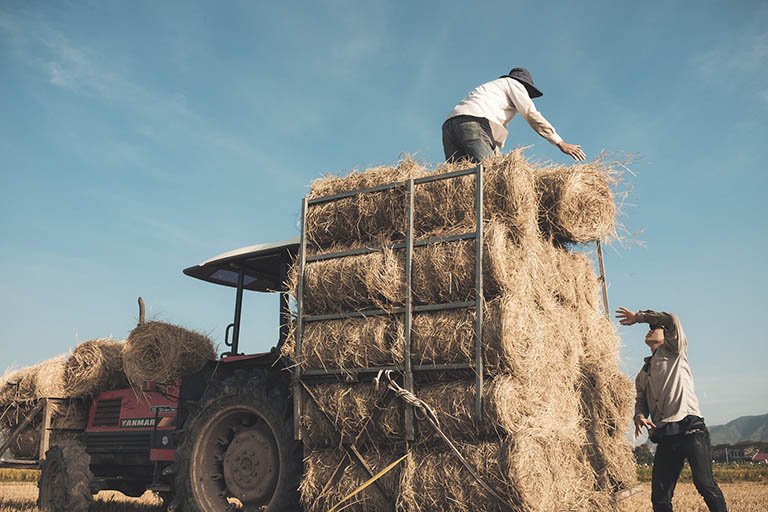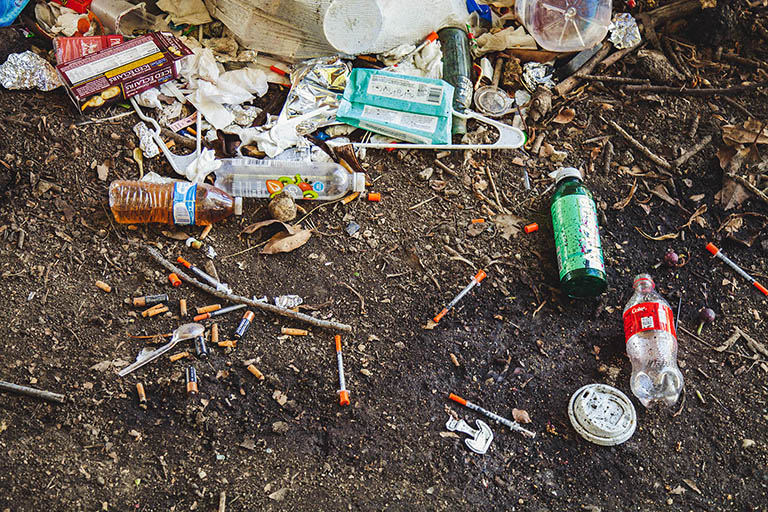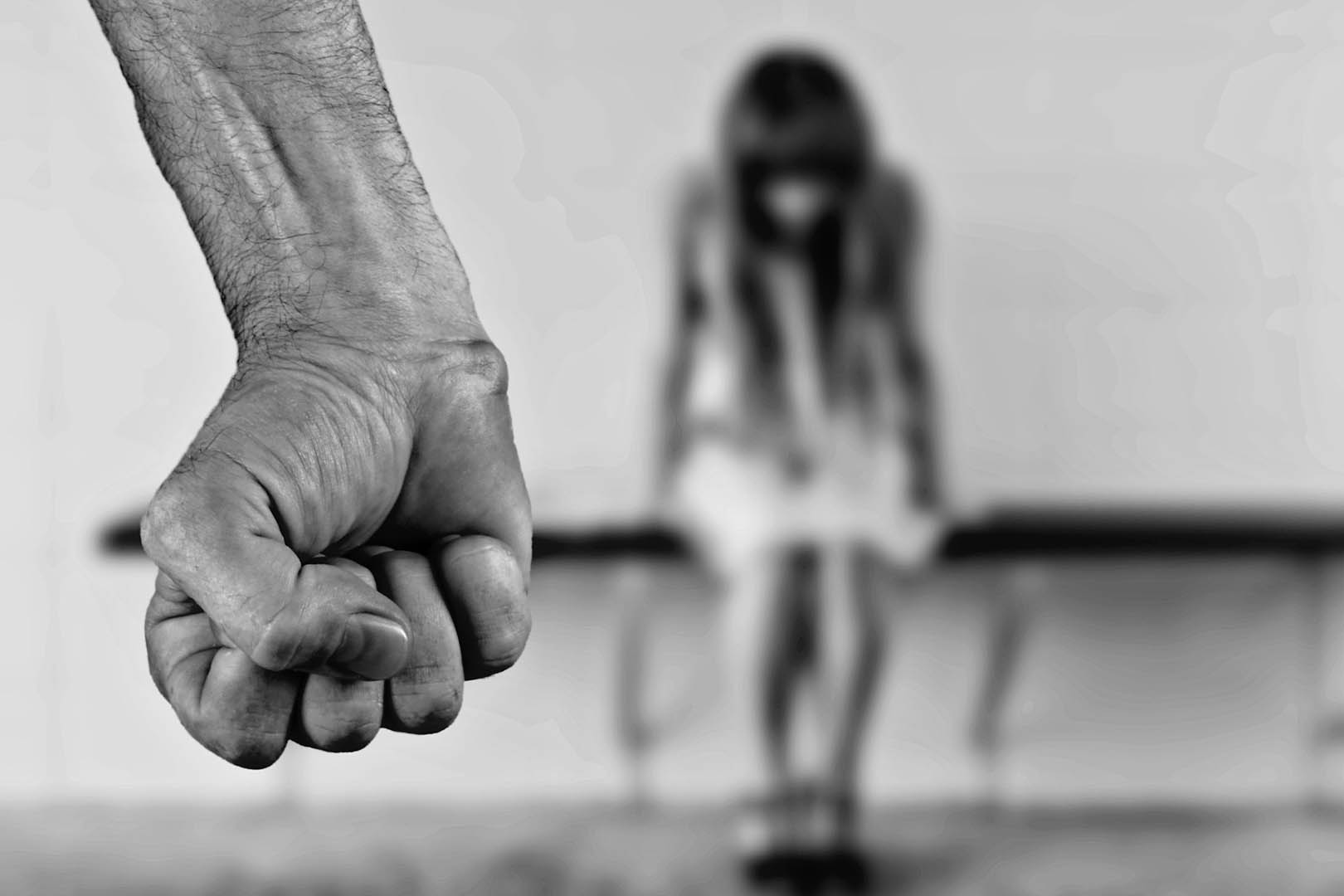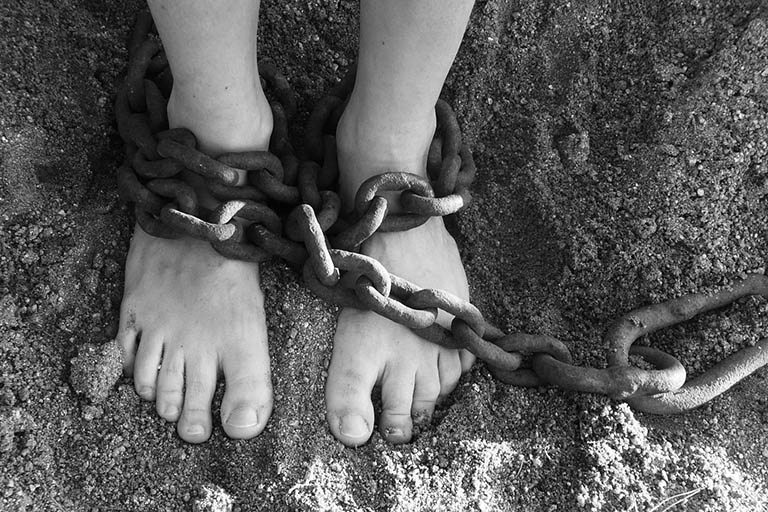Spotting Human Trafficking
You probably see people who are in slavery on a regular basis. Hidden in plain sight they don’t have shackles, they might appear ordinary, but look closer and you might spot more worrying traits. What are the signs of slavery? Here are few signs to look out for.
-
Labor trafficking includes situations where men, women, and children are forced to work because of debt, immigration status, threats and violence. Keeping victims isolated — physically or emotionally — is a key method of control in most labor trafficking situations. But that does not mean you never cross paths with someone who is experiencing trafficking. Someone may be experiencing labor trafficking or exploitation if they:
-
Sex trafficking occurs when individuals are made to perform commercial sex through the use of force, fraud, or coercion. Any child under 18 who is involved in commercial sex is legally a victim of trafficking, regardless of whether there is a third party involved. Someone may be experiencing sex trafficking if they:
Trafficking for forced labor
Forced labor is any work or service which people are forced to do against their will, under threat of punishment. Almost all slavery practices contain some element of forced labor.
It affects millions of men, women and children around the world. It is most often found in industries with a lot of workers and little regulation.
These include:
- Agriculture and fishing
- Domestic work
- Construction, mining, quarrying and brick kilns
- Manufacturing, processing and packaging
- Prostitution and sexual exploitation
- Market trading and illegal activities

Forced labor is the most common element of modern slavery. It is the most extreme form of exploitation of people.
Forced labor often affects the most vulnerable and excluded groups, for example commonly migrant workers are targeted because they often don’t speak the language, have few friends, have limited rights and depend on their employers.
Child Slavery:
Childhood should be a magical time to learn, grow, play. But, an estimated 10 million children around the world don’t have that chance. Unfortunately many find themselves waking up up each day trapped in the nightmare of modern slavery.

Common forms of slavery of children
- Children used by others for profit in prostitution, pornography, or other forms of sexual exploitation
- Children forced into begging, petty crime or the drug trade.
- Forced labor, for example in agriculture, factories, construction, brick kilns, mines, bars, tourist industry or in private homes.
- Children forced to marry. When a child doesn’t consent to a marriage, (or doesn’t fully understand consent), is exploited within their marriage, or is not able to leave, that child is in slavery.
Trafficking for Forced Criminal Activities
This form of trafficking allows criminal networks to reap the profits of a variety of illicit activities without the risk. Victims are forced to carry out a range of illegal activities, which in turn generate income. These can include theft, drug cultivation, selling counterfeit goods, or forced begging. Victims often have quotas and can face severe punishment if they do not perform adequately.
Trafficking for the removal of organs
In many countries, waiting lists for transplants are very long, and criminals have seized this opportunity to exploit the desperation of patients and potential donors. The health of victims, even their lives, is at risk as operations may be carried out in clandestine conditions with no medical follow-up. An ageing population and increased incidence of diabetes in many developed countries is likely to increase the requirement for organ transplants and make this crime even more lucrative.
Trafficking for sexual exploitation
This prevalent form of trafficking affects every region in the world, either as a source, transit or destination country. Women, men and children from developing countries, and from vulnerable parts of society in developed countries, are lured by promises of decent employment into leaving their homes and travelling to what they consider will be a better life. Victims are often provided with false travel documents and an organized network is used to transport them to the destination country, where they find themselves forced into sexual exploitation and held in inhumane conditions and constant terror. Many people are lured into a false sense of a better life, some are taken against their will.




